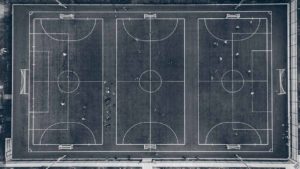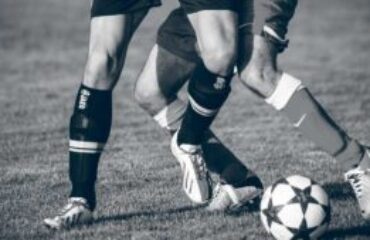1. Effects of Different Recovery Times on Internal and External Load During Small-Sided Games in Soccer.
Branquinho L, Ferraz R, Travassos B, Marinho DA, Marques MC.
Department of Sports Sciences, University of Beira Interior, Covilhã, Portugal.
To identify the effects of different recovery times on internal and external load during small-sided soccer games, 20 male semiprofessional soccer players performed the same exercise (5-a-side small-sided game) both continuously (1 × 18 minutes) and repeatedly/fractionated (3 × 6 minutes) with different recovery times (30 seconds, 1 minute, 1.5 minutes, and 2 minutes). For the same total activity duration, the external and internal load indicators exhibited higher values during the fractionated method, particularly with short recovery periods.
Sports Health. 2021 Feb 23. DOI: 10.1177/1941738121995469 PMID: 33622118
2. Impact of COVID-19 Lockdown on Serie A Soccer Players’ Physical Qualities
Rampinini E, Donghi F, Martin M, Bosio A, Riggio M, Maffiuletti NA.
Human Performance Laboratory, Sport Service Mapei Srl, Olgiate Olona, Italy.
In professional Serie A soccer players, aerobic fitness showed a significant improvement following COVID-19 lockdown, compared with competitive periods. For the vertical jump, absolute and relative peak power on COVID-19 lockdown were worse than those of the competitive periods, reflecting that home-based training during lockdown was effective to improve aerobic fitness, although it did not allow players to maintain their competitive period’s power levels.
Int J Sports Med. 2021 Feb 23. DOI: 10.1055/a-1345-9262 PMID: 33621997
3. Asymptomatic Foot and Ankle Abnormalities in Elite Professional Soccer Players.
Bezuglov E, Khaitin V, Lazarev A, Brodskaia A, Lyubushkina A, Kubacheva K, Waśkiewicz Z, Petrov A, Maffulli N.
Department of Sport Medicine and Medical Rehabilitation, Sechenov First Moscow State Medical University (Sechenov University), Moscow, Russia.
37 normally competing elite professional adult soccer players underwent magnetic resonance imaging (MRI) scans of both their feet and ankles, analyzed independently by 2 experienced radiologists. 86.5% of the players showed degenerative joint disease (DJD) in at least 1 of the joints of the foot and ankle, with articular cartilage lesions evident in 42% of the scans, and 17% of all lesions being grade 3 or 4 (Noyes and Stabler classification). The greater the age, weight, and height of the players, the greater was the odds ratio of DJD of the ankle joint. Synovitis in at least 1 of the joints of the foot was detected in 64% of the MRI scans. Leg dominance significantly correlated with bone marrow edema of the talus. These findings show a high prevalence of lesions in the foot and ankle joints of active professional soccer players.
4. Influence of Fatigue on the Rapid Hamstring/Quadriceps Force Capacity in Soccer Players.
Zhang Q, Morel B, Trama R, Hautier CA.
Laboratoire Interuniversitaire de Biologie de la Motricité, Université Claude Bernard Lyon 1, Villeurbanne, France.
Isokinetic and surface EMG evaluation in 17 professional soccer players before and after fatigue (i.e., 30 maximal knee extension and flexion repetitions at 180°s-1) showed a significant decline in Peak Torque, Rate of Torque Development, and Rate of EMG Rise (RER) during the first 100 ms of the movement in the two muscle groups. Besides, fatigue decreased the RTD H/Q ratios, showing higher affectation of the RTD in the hamstrings of these soccer players.
Front Physiol. 2021 Feb. DOI: 10.3389/fphys.2021.627674. PMC7893113 PMID: 33613321 eCollection 2021.





